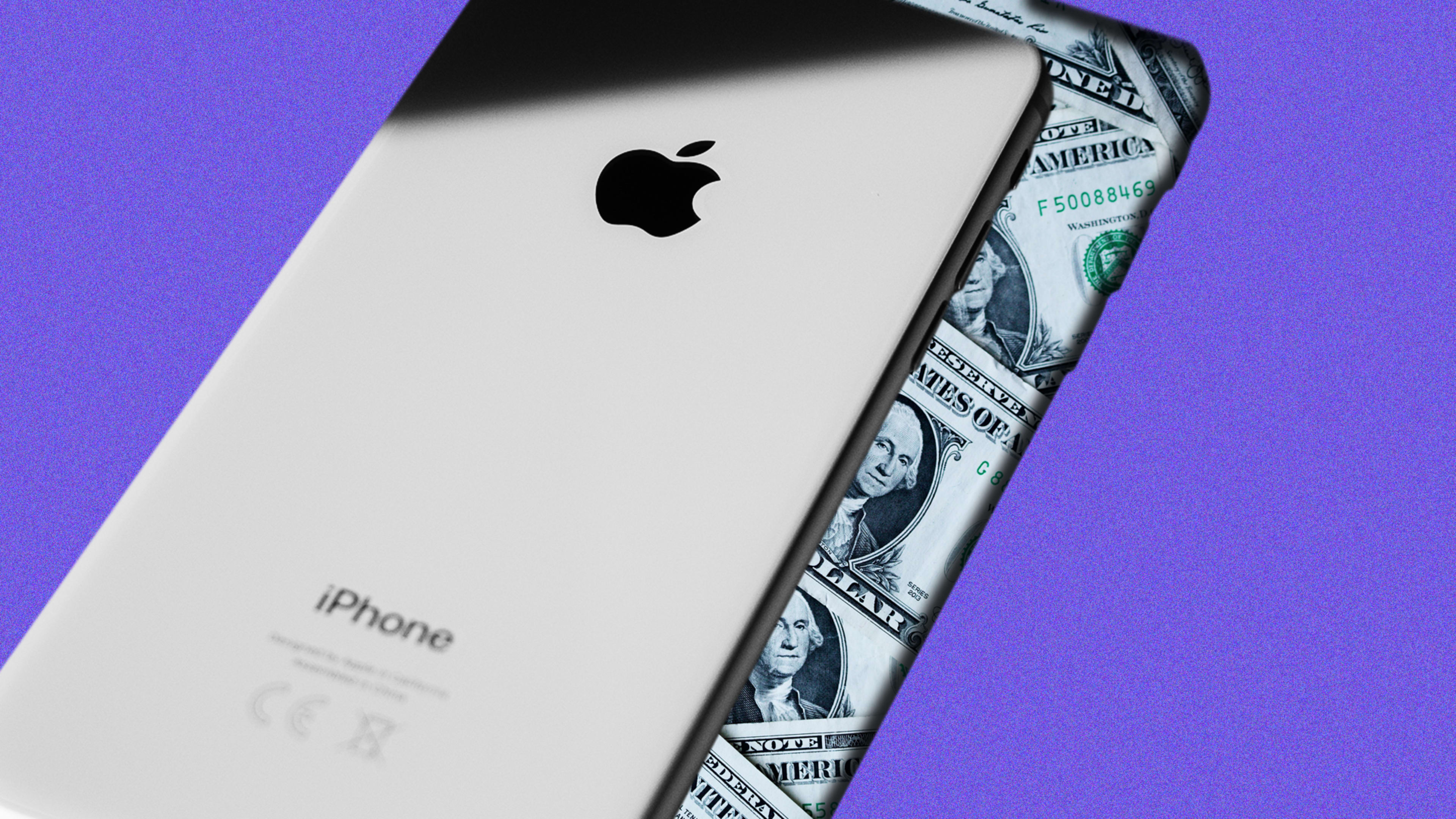There’s a side of Apple these days that’s less about purity and exclusivity and “think different” and more about business. Case in point is a new low-cost iPhone that’ll very likely be announced in March.
Several publications and a few analysts have already predicted that Apple will announce a new sub-$500 iPhone, which may be called either the iPhone SE 2 or the iPhone 9. My own sources near the iPhone supply chain tell me that parts production for the new phone is now ramping up.
One source believes the new phone will likely sell at $399, roughly the same price as the first iPhone SE. Analysts say Apple needs a lower-cost device to have a better chance of competing in the Indian market, which is huge but also accustomed to paying less than $200 for Android phones. The new phone, one source told me, might also bolster Apple’s phone offering in China. That market is also huge, but very competitive, and Apple has had trouble winning and keeping market share.
But Apple’s motivation for an upgraded low-cost phone might be more global. A radically lower-priced iPhone, with the right components and features, could be tempting for a whole group of people that previously couldn’t afford an iPhone. This may include younger people with less disposable income who may use cheaper Android phones and people who bought older iPhones on the used market.
In 2016, Apple released the $399 iPhone SE, which sold reasonably well, but then quietly discontinued the device in September 2018. The company took another step toward this market with 2018’s iPhone XR ($749) and 2019’s iPhone 11 ($699). Both of those phones cost considerably more than the SE, and while they offer fast processors they don’t have the same display quality of higher-priced iPhones.
The new low-priced phone is expected to take a similar, scaled-back approach. It’ll very likely rely on components Apple has been using for years, like the fingerprint reader built into the physical home button. The new phone probably won’t use the FaceID facial recognition technology, which involves a relatively expensive laser chip and sensor. Apple will be able to cut costs by reusing a phone design, possibly one borrowed from the iPhone 8. The new phone is expected to have a 4.9-inch display.
The main idea of the SE 2/iPhone 9 is not to bowl consumers over with premium features, but to pull them inside the big tent of the Apple ecosystem. Apple says that it already has well more than a billion iOS devices active in the wild. If you think of all those devices as little vending machines for Apple services like Apple Music and Apple TV, it likely wants to put many more of its phones in people’s hands. Apple says it aims to sell 200 million iPhones this year.
Apple’s existential question
The biggest storyline of Apple’s business is the question of whether the company’s burgeoning digital services business can grow fast enough to counterbalance a slowing iPhone business.
Facing a saturated global smartphone market and hot competition in premium phones, Apple reported flat iPhone sales growth throughout 2018. Late that year, it announced that it would stop reporting iPhone unit sales as a measurement of its business—a signal that this was a permanent trend. Last quarter, Apple managed to deliver some iPhone growth after several quarters of declines. But it also indicated that the lowest-priced of its new phones, the iPhone 11, was its top-selling device during the quarter, and at least one researcher says the second-best-selling phone was the also low-priced iPhone XR.
The “counterbalance,” Apple’s services business, continued its rapid growth last quarter. Revenue jumped 19% from the year-earlier quarter to $10.9 billion. That business has seen double-digit growth every quarter since 2015.
But an attractive $400 iPhone could help both businesses. It could pump up iPhone unit sales and pour gas on the services business by increasing the pool of possible customers.
And here’s the thing: Enabling the sales of more services might be far more valuable to Apple than encouraging the sales of more iPhones. Profit margin across all Apple products last quarter was 34.2%. Margin on a low-priced iPhone would likely to be around 53% (that’s what it was for the $399 SE). But, as MacWorld‘s Jason Snell points out, profit margin on services is 64.4%!
Streaming digital services is arguably a simpler and easier way to make money than building new hardware every year.
Would Apple release a new iPhone with the main motivation of selling more services? Uh-huh.
Recognize your brand’s excellence by applying to this year’s Brands That Matter Awards before the early-rate deadline, May 3.
